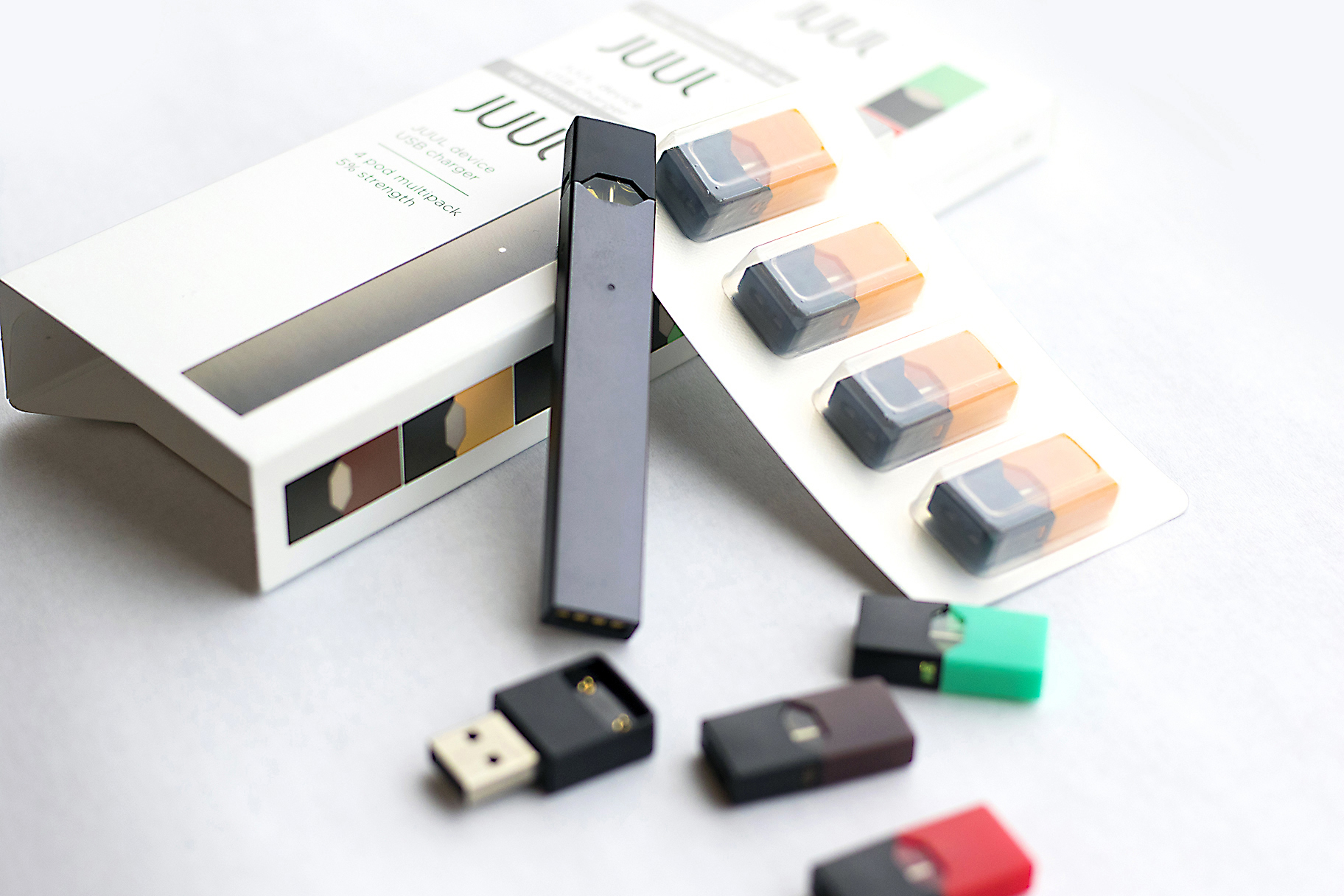With students heading back to class this fall, parents and teachers are keeping an eye on the infamous "Juuling" trend, which took schools nationwide by storm toward near the end of the last school year.
The name is derived from the JUUL, a popular installment in vaping technology, which resembles a USB device. Moreover, because it produces less vapor smoke than many other e-cigarettes, the discreet device has become prominent among teens, reigniting the debate about the safety of vaping.
Hamilton County Schools adopted a new tobacco-free-campus policy this April prohibiting students from using both tobacco products and vaping devices on school grounds or in vehicles used to transport students. Teachers and staff are also subjected to the policy, with the goal of stamping out the trend by limiting its exposure.
"The less exposure young people have to tobacco or tobacco related products, the less likely they will begin using it themselves," Chattanooga-Hamilton County Health Department Administrator Becky Barnes said in a news release detailing the school district's new policy.
"At the time, I was 20, and I was sucking wind going up a flight of stairs," says Henderson, who now works as store manager of Chattanooga Vapor Company's North Shore location. "Three months into quitting, I felt 1,000 times better. I go to the gym five, six days a week. I can run three miles just like I could before I ever started smoking."
Though research is inconclusive about e-cigarettes' ability to wean smokers off traditional cigarettes, stories like Henderson's aren't uncommon, store employees say. Since setting up shop in 2014, Potluri has heard from people who no longer have to use a breathing tube; one individual who was able to play with his grandkids for the first time in years; and another who brought Henderson a Key lime pie, excited that he could taste it again after having his taste buds dulled by cigarettes for 20 years.
As for non-smokers who decide to start vaping, Potluri says it's "an adult choice." Though vaping devices can be used without nicotine and have fewer toxins than traditional cigarettes, the long-term effects are still largely unknown. The Centers for Disease Control and Prevention reports that e-cigarettes can contain some cancer-causing chemicals and flavoring such as diacetyl, which has been linked to lung disease. Unlike with cigarettes, these chemicals aren't combusted, expediting the release of those harmful ingredients, researchers say, but that doesn't mean e-cigarettes are completely risk free.
Factors like these are part of the reason why the company has been serious about keeping e-cigarettes out of the hands of minors since its inception, even before federal law started prohibiting those under the age of 18 from vaping in 2016, Potluri says. During one week, he remembers, the company's East Brainerd location lost an estimated $1,200 in sales by turning away customers without verifiable IDs.
"The whole idea behind [vaping] was to have a safer alternative to smoking," says Potluri. "So it didn't make sense at 16 or 15 for someone to be able to obtain these devices."
As for keeping teenagers from getting their hands on e-cigarettes to begin with, Potluri says parents can do their part by employing the same tactics they might use to deter underage drinking and checking their kids' allowance to see how money is spent.
Here are a few additional ways to spot e-cigarette use:
» Notice new aromas.
» Plenty of smokers like tobacco-flavored e-liquids, but teens seem to be attracted to the large variety of fruity flavors. The smell is harder to catch, as it doesn't linger like traditional cigarettes, but if you're catching the occasional whiff of strawberry, lemonade or cinnamon (among others), it may be time to investigate.
» Check for increased thirst.
» There might be a reason your child is drinking more water. A common side effect of vaping is dry mouth, which is caused by propylene glycol, a chemical compound in e-liquid that absorbs water molecules.
» Note caffeine intake.
» Some e-cigs users report feeling more sensitive to caffeine, so if your child is no longer chugging coffee, soda or other caffeinated drinks, it could be a sign.
» Do a double-take.
» The JUUL isn't the only device that looks like a common object. Buyers can find stealthy e-cigs that look like pens, flashlights or even lipstick.
» Look for discards.
» E-cig cartridges hold the liquid used for the devices and atomizers heat that liquid up, turning it to vapor. Both items need to be replaced once they empty/burn out, leaving evidence of the deed.

